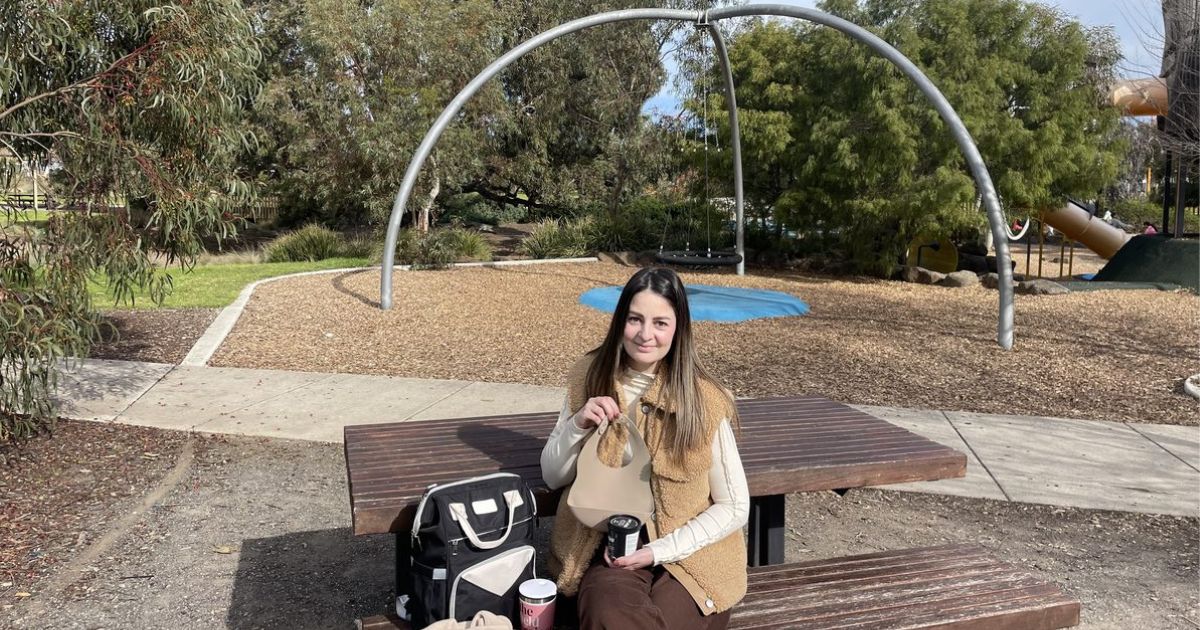Driving guide for long holiday road trips
How Safe is Your car? Check your vehicle!
Confidence for any long drive starts by ensuring your car is ready. Key areas to check yourself are tyres, levels of engine oil, coolant and windscreen-washer fluid.
Plan Ahead
Before hitting the road:
- Plan your route and work out how long it will take to reach your destination
- Look for towns where you can take rest stops
- Swap drivers every two hours if possible
- Make sure you’ve had at least 7-8 hours sleep before driving
- Avoid driving at times you would normally be asleep
- Always pull over and power nap as soon you feel tired or fatigued
Rethink your speed
Holiday road trips often see you travelling on unfamiliar roads, in variable conditions and many will be towing a caravan or boat. With a lot of traffic on the roads, you may need to allow extra time to get there. Stay within the speed limit and choose an appropriate speed for the conditions.
Drinking and driving: they’re better apart
An easy one to achieve – even small amounts of alcohol can inhibit your driving ability so avoid it altogether while on the move. Driving the morning after drinking can also have serious consequences so a quiet night and good night’s sleep before departure is always a great idea.
No distractions
With so much traffic on the roads, even a minor distraction can turn deadly in the event of something unexpected.Have strategies to avoid distraction, like putting your phone in the glovebox and ensuring young passengers have plenty to keep them occupied.
Pack safely
Always ensure luggage, equipment, toys, etc that are inside the car are secured – this will keep you safe in the event of event of emergency braking or accidents. Luggage, equipment and even pets can become projectiles in the case of sudden braking.
Passenger safety
Make sure all passengers wear appropriate seatbelts or child restraints – including pets.
Wildlife
Driving on country roads in Australia can come with the risk of colliding with wildlife such as kangaroos and wombats. These animals are especially active at dawn and dusk – consider reducing your vehicle speed during these times.
Art Box Murals
It was great to see the completed art works on the ugly traffic and signal boxes around Torquay Jan Juc over the last few weeks.
The students at Surf Coast Secondary College are to be congratulated for their excellent murals, so too the people who had the foresight to provide the ideas to cover these boxes which, as we know, can be a target for ‘unwanted’ graffiti.
Hope to see more of these positive artworks by our local youth.
School Speed Zones
Children are our most vulnerable road users and to address this road safety issue school speed zones with lower speed limits were introduced in 2003.
Motorists should be aware that children in traffic are not like adults. They can be unpredictable and because they are small, they can be hard to see.
So take extra care and slow down when you drive past any school.
Research shows that slowing down helps to both avoid crashes and reduce their severity.
Types of school speed limits
Speed limits set for school speed zones are designed to improve road safety outside schools while taking into account issues such as high traffic volumes, peak school pedestrian hours and school holidays.
There are several types of school speed limit zones, including permanent time based and electronic variable speed limit reductions.
School speed limits are clearly sign posted: there is no excuse for speeding within a school zone. The speed limit around school areas is 40kmh.
Thefts from cars and burglaries still continue
Unfortunately, thefts from cars and burglaries still continue to occur across the Surf Coast and Geelong region.
So what can we do to help police catch these people?
You can help police to apprehend these offenders by being alert in your neighbourhood and forwarding information to them.
If you see something suspicious, call 000 immediately
Give police a good description of what they look like. Were they carrying a backpack? Do they appear alone or with a group? What were they wearing?
Do they have a car or are they are riding a bike – what direction did they go when they were last seen?
Make the call immediately after you observe something. This will help police “catch them in the act.” Making a call several hours later or the next morning will not help, regardless of how good the information is.
Don’t be shy, phone police on 000, if you think something is just not quite right.
What do we mean by “suspicious behaviour”?
It may be:
A slow moving car travelling along your street and then seeing people walking around or looking into cars, most of the time using a torch
A person/s riding a push bike late at night, down your street with no lights or helmet, most of the time with a backpack or bag
Having people knocking on your door and, if you answer, they leave after making some excuse why they knocked – eg. looking for someone, and then seeing them move on to someone else’s house.






















